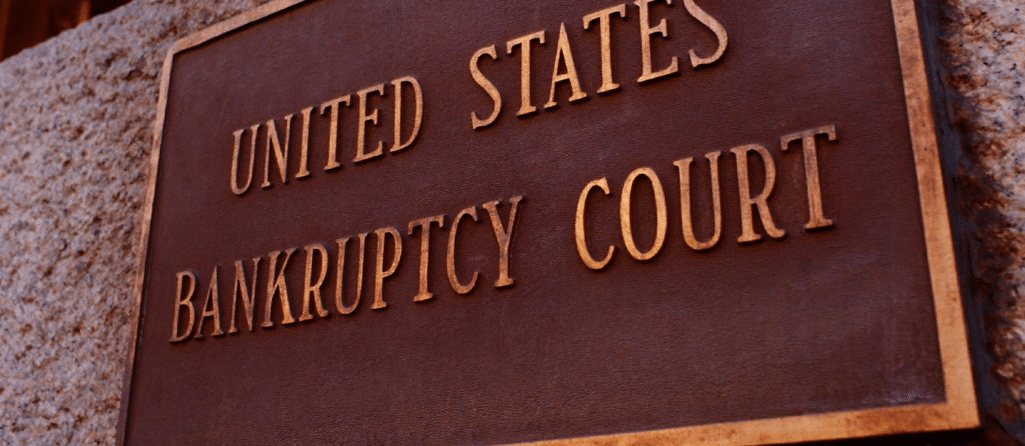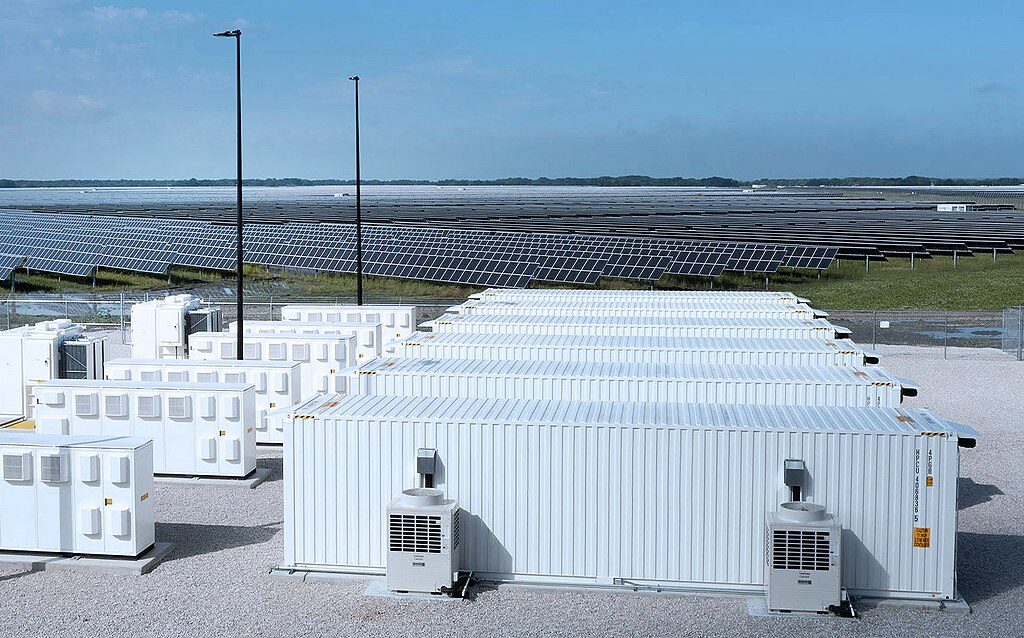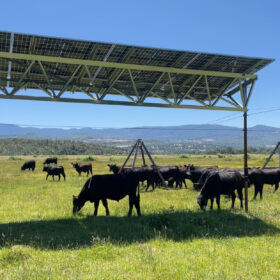As soon as this morning’s news hit the wires, one of the first questions asked around energy twitter was what was going to happen to the gigawatts of wind and solar projects that hold contracts with Pacific Gas & Electric Company (PG&E), now that it has announced plans to file for bankruptcy.
As usual there were a variety of views, with Tyler Norris of Cypress Creek Renewables and Jigar Shah expressing the opinion that these contracts were unlikely to be vacated.
https://twitter.com/tylerhnorris/status/1084895626519822339
However, Ben Serrurier of Cypress Creek warned that there could be “haircuts” to older power purchase agreements (PPAs).
https://twitter.com/benserrurier/status/1084830429872414720
Any perception that these contracts are safe was further undermined by both Fitch and S&P downgrading the credit rating of the Topaz Solar project before the bankruptcy.
So what is it? Are these contracts safe, or not? The truth is that no one we talked to was willing to make too strong a statement one way or the other, but we did get some insights into what might happen.
Unprecedented
PG&E has announced that it will file a voluntary petition for Chapter 11, which is a financial move that allows it to reorganize its debts, and does not involve liquidation. Along with this, the utility is expected to continue normal operations including supplying power to its customers.
And while we have had utility bankruptcies – PG&E has even gone bankrupt before – what we have not had is a utility bankruptcy in the era of strong renewable energy mandates. This was noted by Elias Hinckley, an energy lawyer at firm K&L Gates.
“California consumers are still going to need power,” Hinckley told pv magazine USA. “That power is still going to have to provided under the regulatory framework that California has created, which sets a high bar for renewable energy inclusion.”
Solar Energy Industries Association (SEIA) has also expressed that the California government may play a role. “We are confident that California’s leaders will work to ensure that existing contractual obligations for solar projects are honored and that the state lives up to its climate commitments,” stated SEIA CEO Abigail Ross Hopper. “SEIA is monitoring this issue closely and engaging with the Governor’s office, legislators, and the PUC to protect the state’s investments in current and future renewable energy.”
And while exactly what happens from here is unclear, legal precedent suggests that it will be the bankruptcy court that is the final arbiter. In fact, in September a bankruptcy court in Ohio asserted that even though wholesale power contracts are governed by the Federal Energy Regulatory Commission, it had primacy in deciding the fate of power contracts signed by Ohio utility FirstEnergy.
In terms of how the court could decide, another factor could be how contracts are structured.
Uncertainty
In the meantime, another impact of this development is that it is likely to throw any pending contracts with PG&E into chaos. This is less of a concern for solar. PG&E, like California’s other two large investor-owned utilities, over-procured renewable energy in advance of state’s 2020 renewable energy mandate, leading to a lull in large-scale procurement.
However for batteries this could be a bigger deal, and Hinckley of K&L Gates says this uncertainty is actually the biggest issue for California’s large-scale energy storage market. One factor is that the bankruptcy process may last years, and until it is concluded solar and storage projects seeking to sell power to PG&E may be prohibitively difficult to finance.
The future of utilities
But by far the biggest question is what will happen after the Chapter 11 process. California regulators have already suggested that they may break up PG&E or make it public, and there is no guarantee that the post-bankruptcy utility will look anything like it does today.
But it is not only PG&E that is in danger.
“I don’t think people have fully realized how big of a thing this is, and it isn’t just PG&E that has exposure here,” notes Hinckley. He observes that with climate change intensifying wildfires, utilities in fire-prone regions could see an increase in their basic cost to operate.
Someone is going to have to foot the bill for this, and if this involves a big increase in the price of retail electricity, this could drive greater adoption of rooftop solar and storage.
There are many unanswered questions here, and we at pv magazine USA will be exploring these in the coming weeks and months as this story plays out.
This content is protected by copyright and may not be reused. If you want to cooperate with us and would like to reuse some of our content, please contact: editors@pv-magazine.com.









In an environment where PG&E finds itself losing load to CCAs, the high cost of legacy contracts would be the first place a typical bankruptcy would look to unload liability and become more competitive. I can’t see how solar contracts in excess of $180/MWHr expect to not experience substantial reductions.
For the PPAs there may be a restructuring but the players are many and the reductions in revenue will be spread out. Folks like Berkshire will hardly notice, and it won’t stop them from investing in more solar either. A resource that gets cheaper will continue to take market share from other sources of power generation.
Is it “cheaper” when you include the compounding Duck Curve (i.e., ramping) costs to accommodate even more solar? Particularly if new storage investments suffer a set back due to the bankruptcy?
Hello Mr. Harlan,
That is an inherently messy question, for many reasons. Most notably, storage is not the only thing that can allow integration of more solar. Furthermore, the amount of flexibility and/or storage that you need depends on multiple factors including how much solar you have online.
However, what Climate Policy Initiative found in its 2017 study ‘Flexiblity, the key to low-cost low carbon grids’ is that systems with up to 80% renewable energy will be cheaper than those based on conventional generation in 2030 provided that you maximize system flexibility.
https://pv-magazine-usa.com/2017/05/01/report-near-total-renewable-energy-systems-cheaper-than-gas-in-2030/